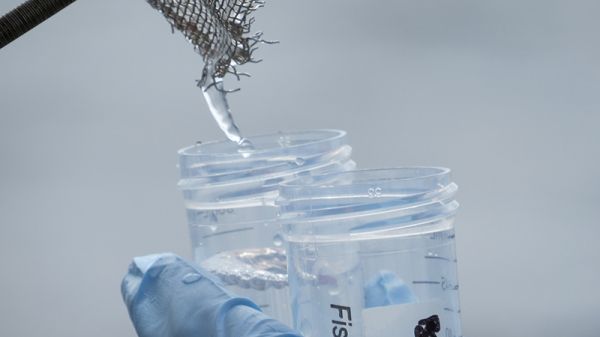An invisible layer of biological compounds on the sea surface reduces the rate at which carbon dioxide gas moves between the atmosphere and the oceans, scientists have reported.
Scientists from Heriot-Watt, Newcastle and Exeter universities published their research in the journal Nature Geoscience today, and say the findings have major implications for predicting our future climate.
The world’s oceans currently absorb around a quarter of all anthropogenic carbon dioxide emissions, making them the largest long-term sink of carbon on Earth.
Atmosphere-ocean gas exchange is controlled by turbulence at the sea surface, the main cause of which is waves generated by wind. Greater turbulence means increased gas exchange and, until now, it was difficult to calculate the effect of biological surfactants on this exchange.
Read more at Heriot-Watt University
Image Credit: Heriot-Watt University


